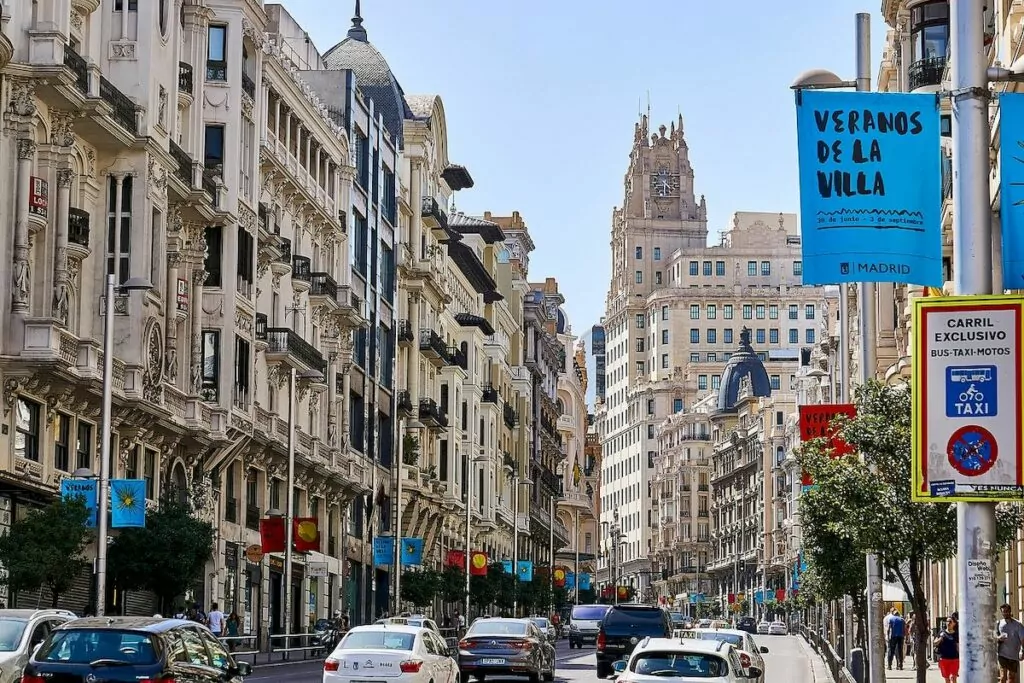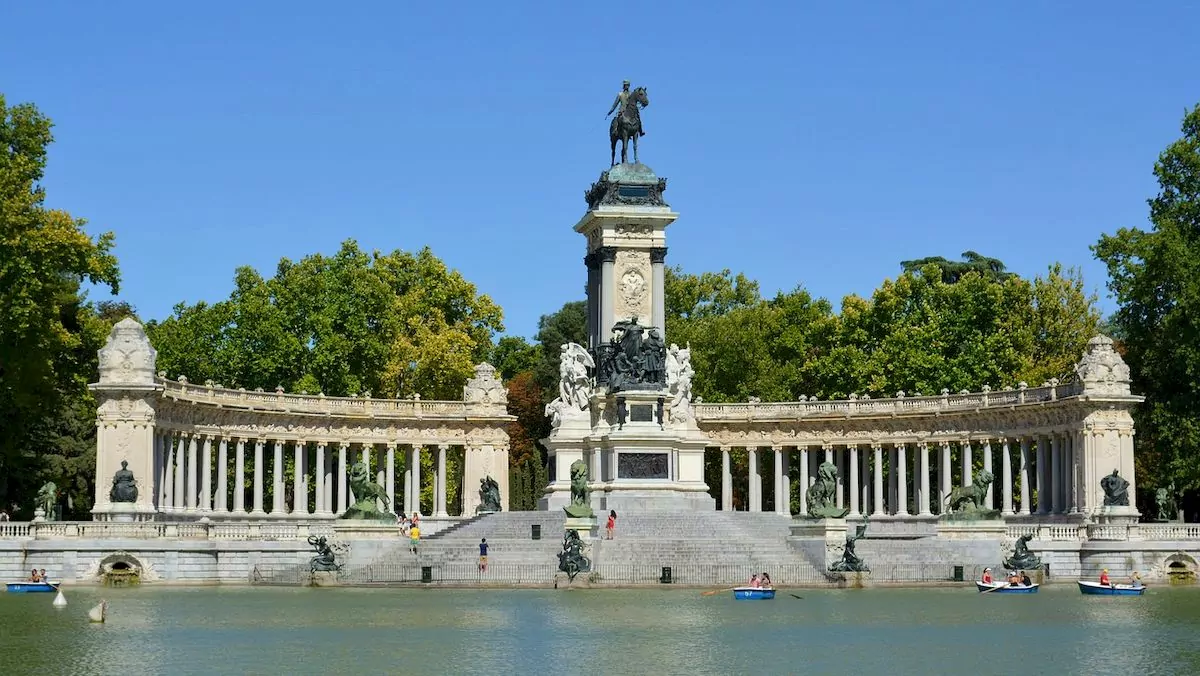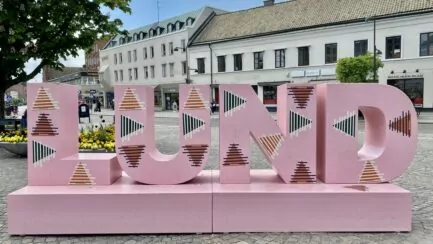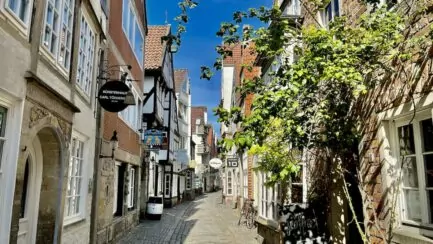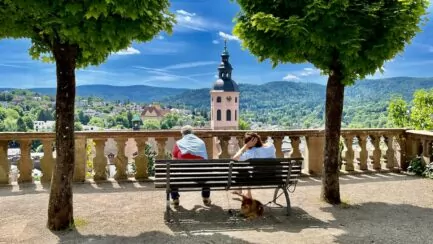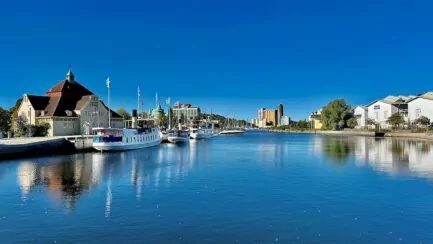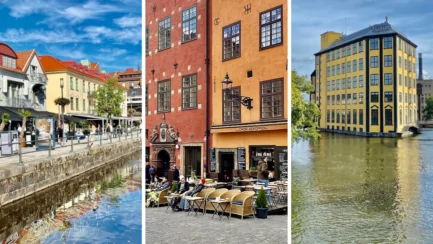Today we present a guest article
During the winter months, many Swedes want to head south to warmer climates. For a perfect getaway, we recommend a trip to Spain's capital Madrid, which is full of life all year round. Below we give you tips on what not to miss when visiting the party city.
Table of contents
One of Europe's largest cities
The site that is now Madrid began to be built on as early as 860 AD, but began to take shape as Madrid specifically only in the 11th century. Today it is Europe's third largest city with over 6 million inhabitants, half of whom live in the city centre. The city is known for its cultural heritage and for being a business and financial centre.
A fun fact is that the people of Madrid are sometimes referred to as 'cats'. This is because of Alfonso XI's takeover of the city in 1083 when soldiers had to climb the walls like cats to get in.
In fact, Madrid is also the city with the best weather in Europe, with 250 days of sunshine a year. This is one of the reasons why Madrid attracts 6 million tourists every year, who enjoy great music, powerful monuments and good food. Below we list some of the places that you should not miss when you go to Madrid on holiday.
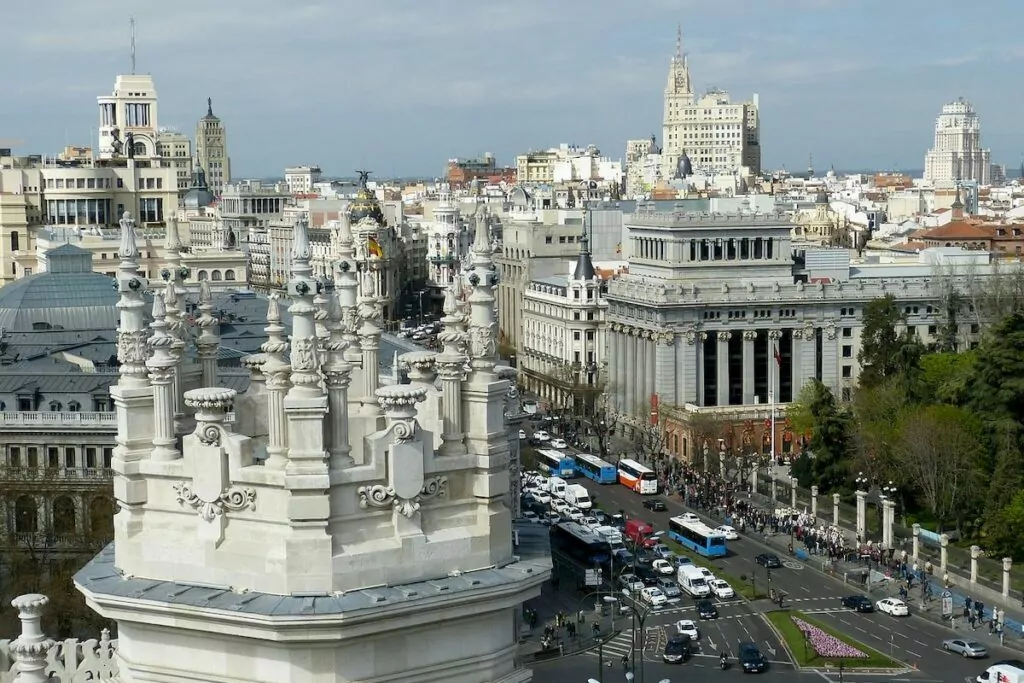
Casino
An unexpected popular favourite in Spain is casino gambling and the country is one of those in Europe that has stuck with land-based casinos, unlike Sweden which has the largest share of online players on the continent.
Madrid is home to no less than six casinos, including Casino Gran Vía, Madrid Colon Grand Casino, Casino Gran Madrid Torrelodones and Gran Casino Aranjuez. Torrelodones is the largest casino with over 200 gaming tables and machines. You can find it in the northwest of Madrid, half an hour from the city centre.
If you haven't had time to try out the Swedish online games, or want to practice a little more before entering Madrid's beautiful casino premises, you can always try playing at casino without a break in play. They offer a wide range of services, and you are sure to find something that suits your interests.
However, if you prefer to enjoy a more folky feel and soak up the Spanish atmosphere, the land-based casinos may be preferable.
Football
Of course, you can't talk about Spain without talking about football. Take the opportunity to attend a match with Real Madrid FC, one of the biggest Spanish teams, at the Santiago Bernabeu Stadium when they turn 120 this year. Or why not book tickets for Atlético Madrid? Both teams are within the top five positions in this year's edition of the Spanish La Liga.
Even in football, you can take advantage of both land-based and online casinos by betting on the outcome of the win and adding to the excitement. Watching a match from a sports bar over a Spanish beer is a celebration like no other.
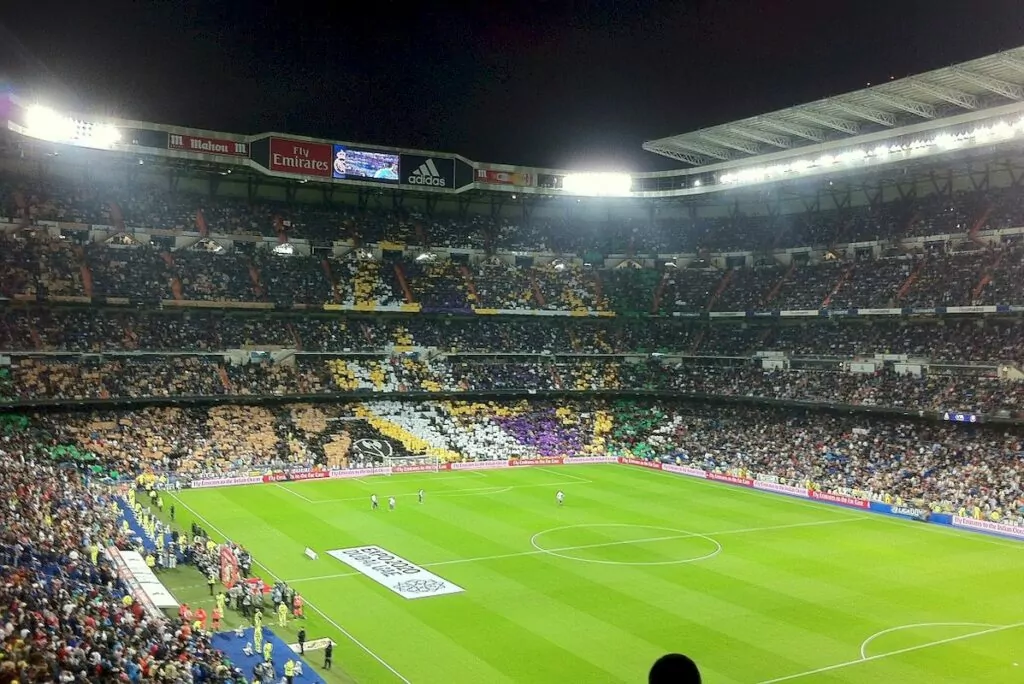
Art and museums
The Spanish capital is also a major art centre. Most famous is Prado Museum, which is Madrid's largest art gallery with over 2,200 paintings. Works include Fransisco de Goya, Diego Velàzquez, and Rembrandt.
For a more personalised exhibition, head to the Museo Sorolla, which has been recreated in the artist Joaquín Sorolla y Bastida's own villa from the turn of the 20th century. A walk through the house reveals the masterpieces as well as the garden and rooms where they were inspired and created.
Parker
The Mediterranean climate means that Spanish parks have an almost escapist feel to them. To see beautiful ponds and impressive statues and fountains, head to Parque de El Retiro. Hire a boat and glide out for the best view of the magnificent Alfonso XII monument and the Crystal Palace.
Another diamond park is the Royal Botanical Park, or Real Jardín Botánico de Madrid, which was built in the 18th century. The park has three greenhouses and more than 3,000 different plant varieties in marvellous forms, and is conveniently located near the Prado Museum.
Another park not to be missed is the Jardines de Sabatini. The maze-like geometric hedges can be found at the Royal Palace.
Festivals
What would a city be if it didn't have festivals? The bright Spanish colours contribute to some of the most beautiful festivals in the world. In the last week of February, the closest festival is the annual carnival. Bring your own outfit or just enjoy the colourful and detailed costumes in the parade.
For an exciting religious festival, head to the city in August for the Virgen de la Paloma festival. The festival commemorates the day the Virgin Mary is said to have been seen in Spain, and this is celebrated with a parade, dance, food and music.
If you are there when there is no festival going on, you can make up for it by attending a flamenco performance. This lively and colourful dance originated in the southern district of Andalusia, but has become famous throughout Spain. The dance is based on rhythm and heel kicks, and is danced in classic long festival-like dresses in a delightful and passionate way.
